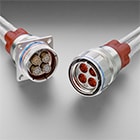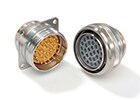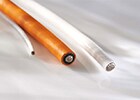Single Pair Ethernet (SPE) enables Ethernet transmission with two wires, rather than eight. Specified in ARINC 854, TE Connectivity (TE) is now bringing its pioneering Mini-ETH interconnect system to the Commercial Aerospace market. This smaller, lighter, smarter technology provides size, weight and performance advantages for today’s and tomorrow’s aircraft, because the connected aircraft starts with fewer wires.

Business Jets and Regional Aircraft Solutions
Reliable jet performance pairs with high-speed connectivity to power first-class amenities.
Business-Class Connectivity, Comfort, and Convenience
A luxury experience in the skies is what passengers in private corporate jets
and regional airlines expect. TE Connectivity (TE) puts you in a prime position to indulge those expectations. Our solutions enable flexible in-flight entertainment (IFE), automated galley systems, high-speed networking, and strong Wi-Fi access, as well as modular cabin configurations for passenger comfort and crew efficiency.
Save space, reduce weight, and handle tight radii easily with secure, reliable cable and connectors. TE products are designed to install faster, perform better, and increase in-cabin technology capabilities through sophisticated avionics solutions and plug-and-play IFE amenities.
High Power, Performance, and Design for Regional Aircraft
Shorter flight ranges and less passenger or cargo capacity doesn’t exclude
regional airlines from depending on the same level of performance,
convenience, and connectivity as larger, longer-haul aircraft.
Already used on major commercial jets, TE’s custom power distribution units
(PDU) can also be leveraged in smaller aircraft to consolidate multiple contactors,
circuit breakers, sensing and protective devices, and related components into
modular packages. High-power, high-voltage contactors, along with high temperature, vibration-resistant connectors, help make regional flights more
efficient, reliable, and comfortable.
BUILD
Products for Business Jet and Regional Aircraft Systems
Delight your corporate jet customers and their first-class passengers with upgraded in-flight connectivity and bandwidth. From connectors to relays and contactors to wire and cables, each TE solution set is custom configured to help your aircraft design achieve the right combination of performance, flexibility, weight, space-saving, and connectivity speed, plus easy installation for better jet maintenance.
Power and Power Distribution
Integrating embedded sensors and electrical monitoring equipment in regional or private jets can detect when maintenance is needed. This helps ensure engine health is managed efficiently and improve how an aircraft uses available power.
Avionics Solutions
Data collection and sharing are critical components of avionics systems like navigation and communication. Fiber optics and nanominiature connectors meet the growing demand for greater bandwidth to exchange more data at higher speeds.
Flight Control
Commercial and private jets require sensors, sealed harnesses, and embedded computing systems that enable seamless, reliable control of engine speed, wing position, and landing gear.
In-Flight Entertainment Systems and Cabin Systems
From seat to galley, business jets and regional airlines look to increase information speeds and bandwidth with high speed copper cables and fiber-optic connectors to meet the growing demands of Wi-Fi and entertainment services while in flight.
Electrical Wiring Interconnect Systems and Distributed Architecture
Based on sophisticated computer modeling of the magnetic, thermal, mechanical, and electrical parameters of a design, components like terminals and splices, heat-shrink tubing, and more are custom-engineered for easier use, longer reliability, and lower cost.
Follow the Experts in Regional and Business Aviation Connectivity
As an extension of your engineering team, TE aviation experts ensure your regional airline or business aviation company leads with the latest technology, trends, and breakthroughs. TE engineers and industry thought leaders bring expert insights to you through videos, podcasts, webinars, white papers, and more
Aerospace Innovation Videos
A distributed avionics system creates flexible capabilities in a smaller, lighter package. The Mini Modular Rack Principle (MiniMRP), standardized in ARINC 836A, is fast emerging as the leading choice for packaging of distributed systems. The MiniMRP provides standardized modules that can be easily deployed through an aircraft, allowing information to be collected and distributed around a fiber optic or copper backbone.
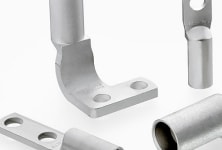 e
e
 e
e
 e
e
 e
e
 e
e
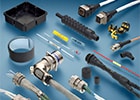
 e
e
 e
e
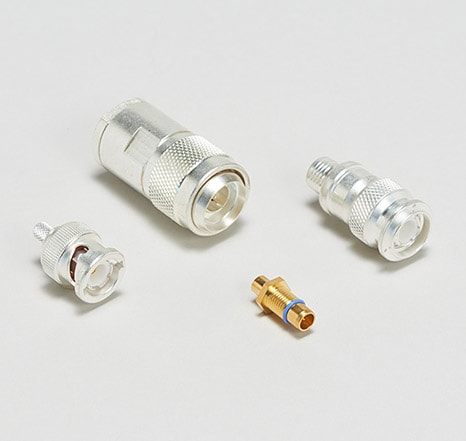
 e
e

 e
e
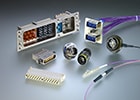
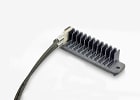
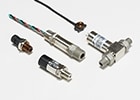
 e
e
